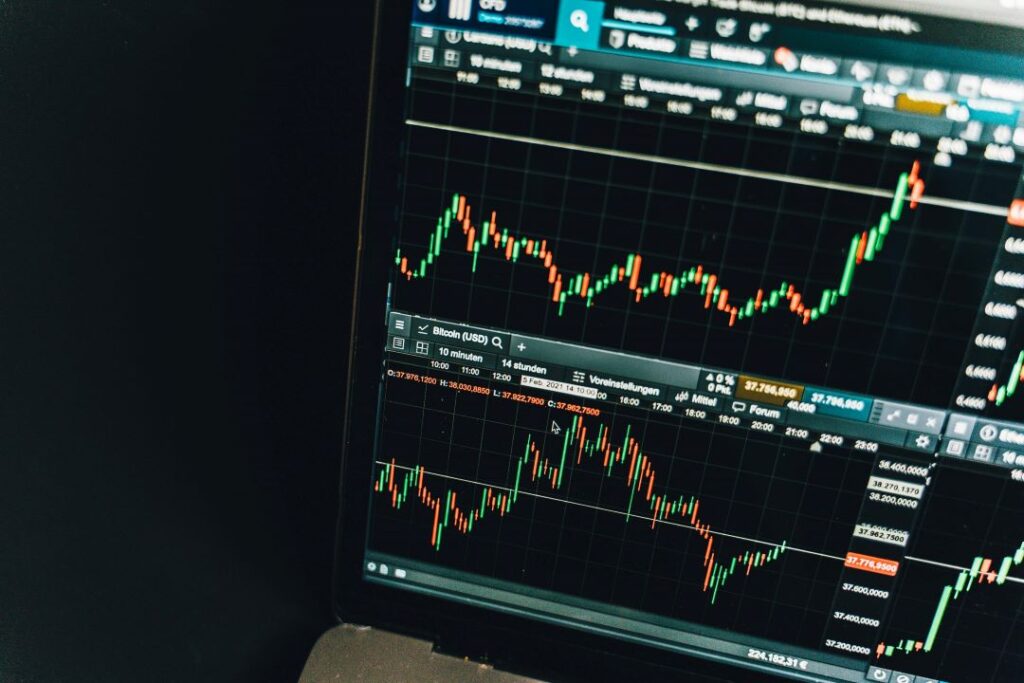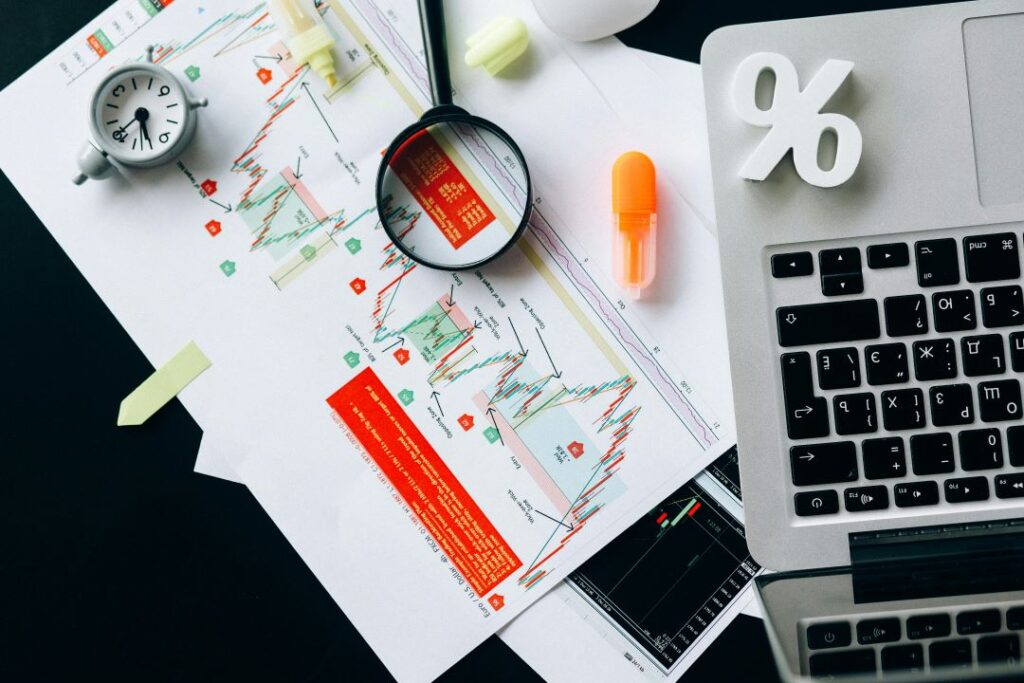
Day trading involves getting into multiple trades within the duration of a single day in order to get profits out of the market. with the help of technical analysis and fundamental analysis, a day trader focuses on generating profits out of the market by taking multiple trades with the focus to close all the positions with small profits by keeping the loss under control as a day trader’s primary objective is to make a living from trading and keep profiting from numerous trades and keeping the losses on unprofitable trades within the safe zone.
Day trading has a lot of advantages which makes it highly popular in the trading world. The biggest advantage of day trading is the potential to get a huge amount of profits out of the market on a daily basis. However, this can only be achieved by discipline and well-researched traders who know what they need to do in order to get profits out of the market. these qualities are a must for a day trader and the focus of an everyday trader is to keep his analysis sward sharp to cut profits out of a highly unpredictable financial market trading.
Day trading also gives the individual the power to be his own boss as a day trader usually works alone independently which enables him to take total control over all the aspects of the work which includes timing and work hours, unlike the corporate treadmill. Also, day trading involves quick and fast-paced trading which keeps the day traders’ interest alive which an office desk working at a corporate firm misses the most.
To become a successful day trader, you do not require any special degree or education unlike many jobs in the finance industry which need a lot of education and qualification.
In day trading there are no formal educational requirements, however, to be a successful day trader you must keep your knowledge up to date with the market and know technical and fundamental analysis as well to get the profit out of the market with minimal possible risk associated with it.
Like any other profession Day trading also comes with some disadvantages and the biggest risk which is associated with day trading is the risk of substantial losses and an absence of a constant income. It is always bereaved that a day trader always loses money in the very first month they start trading. This happened for various reasons and one of the most common mistakes a day trader makes is not focusing on the level of leverage which should be ideally used in day trading.
The majority of the new day traders tend to fall into the trap of a huge level of leverage provided by the brokers and end up losing a huge portion of the interest or even a full loss of capital can happen because of a single losing trader, if a trader fails to limit the level of leverage with, is provided to him.
The other disadvantage of day trading which we had mentioned above is the absence of a constant income. Unlike any other profession and a corporate job where people get a certain amount as remuneration at the end of each month or week, Day trading does not assure profits at the end of the trading month. A day trader has to depend on his skills to generate enough profit out of the market to pay off the bills and enjoy a decent lifestyle.
Swing trading involves much longer durational trades which can last for a couple of days, unlike day trading where the trading positions ideally should last only for the day. The analysis in swing trading is based on identifying swings and reversals in the price chart of financial security like stocks, commodities, and currencies. A swing trader can take trades that may take a few days to a few weeks to get the most profit out of the market.
Anyone with knowledge of technical and fundamental analysis and investment capital can start getting into swing trades. Unlike day trader who needs to stare at the computer screen the whole day and must take it as full-time work, a swing trader can do the trading on a part-time basis because of the longer timeframe analysis used in the swing trading which enables the trader to go the other routine and conventional work along with trading.
A swing trader can even maintain a full-time job and continue his swing trading as a part-time profession. Also, the swing trades generally need much more time to work out, keeping trade open for a few days or even a few weeks by keeping the risk under a certain limit the profit possibility will increase tremendously higher than trading multiple times a day. A swing trader can make the equivalent amount of profits in a single trade while a day trader can manage to get in dozens of trades. The swing trader can set stop losses a forget the trade which is based on a strong analysis. This way a swing trader can avoid constant monitoring of the open position which in turn reduces the constant stress.
Though there are very few disadvantages to swing trading the few disadvantages swing trading has to make the widest gap which pushes the trader to jump today trading instead of swing trading. The biggest disadvantage of swing trading is the higher margin money requirements. Since swing trading involves positional trades which can last for a couple of days or even for a few weeks it requires higher investment to hold the position as the leverage is almost negligible or even absent in the swing trading.
Day trading and swing trading each have their advantages and disadvantages. both of the strategies are very different from each other and neither of them is better than the other. It is always up to the individual traders to choose the approach that works best for their skills and suits the time they can give to the market as everyone has a different set of preferences and lifestyles.
Day trading is suitable for active individuals who are passionate about trading and can take trading as a full-time business. Day trading requires intense analysis and constant monitoring of the open position and market throughout the day. On the other hand, Swing trading does not require a lot of time and thus a full-time working individual can be a swing trader.
– Forex Telegram Group





